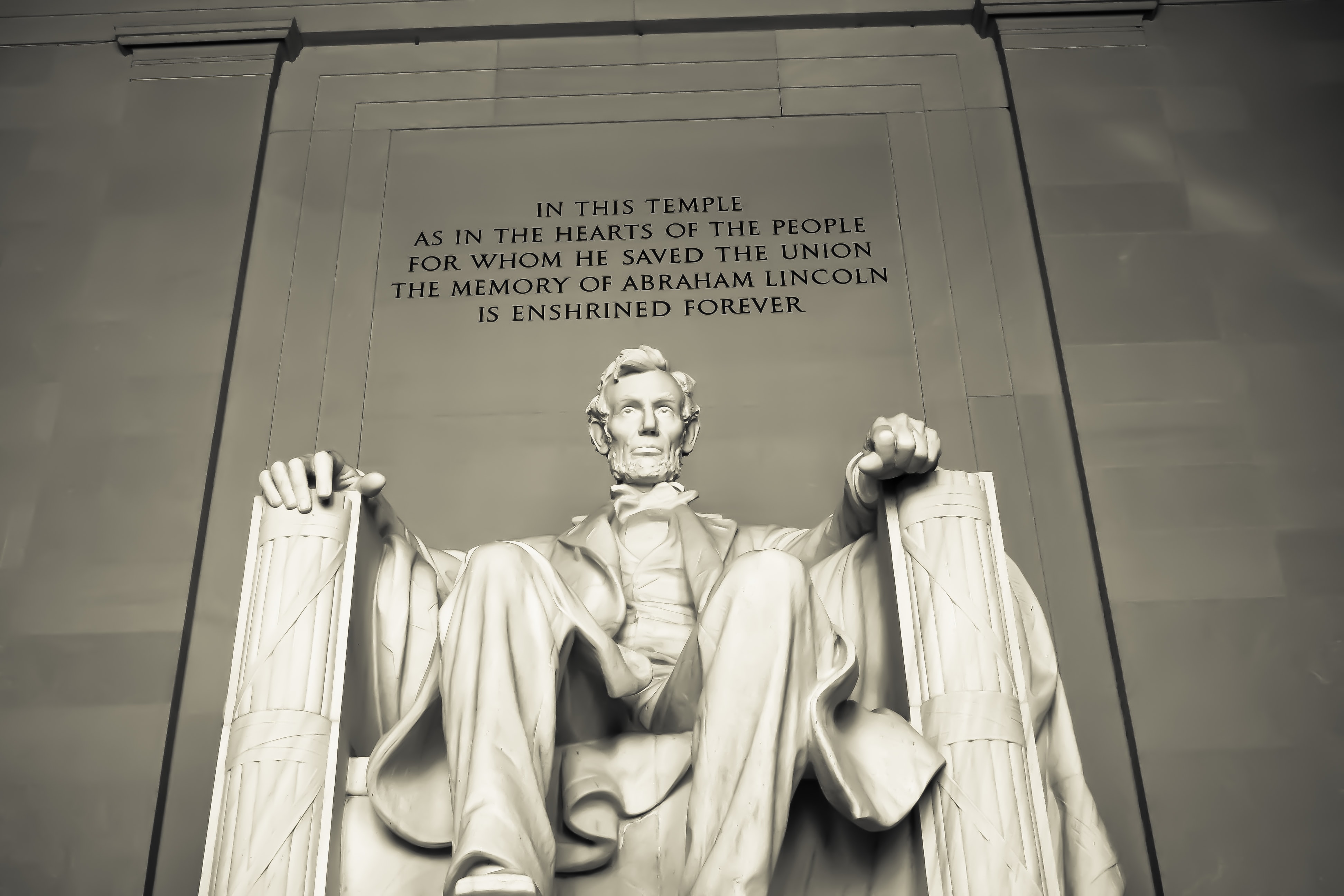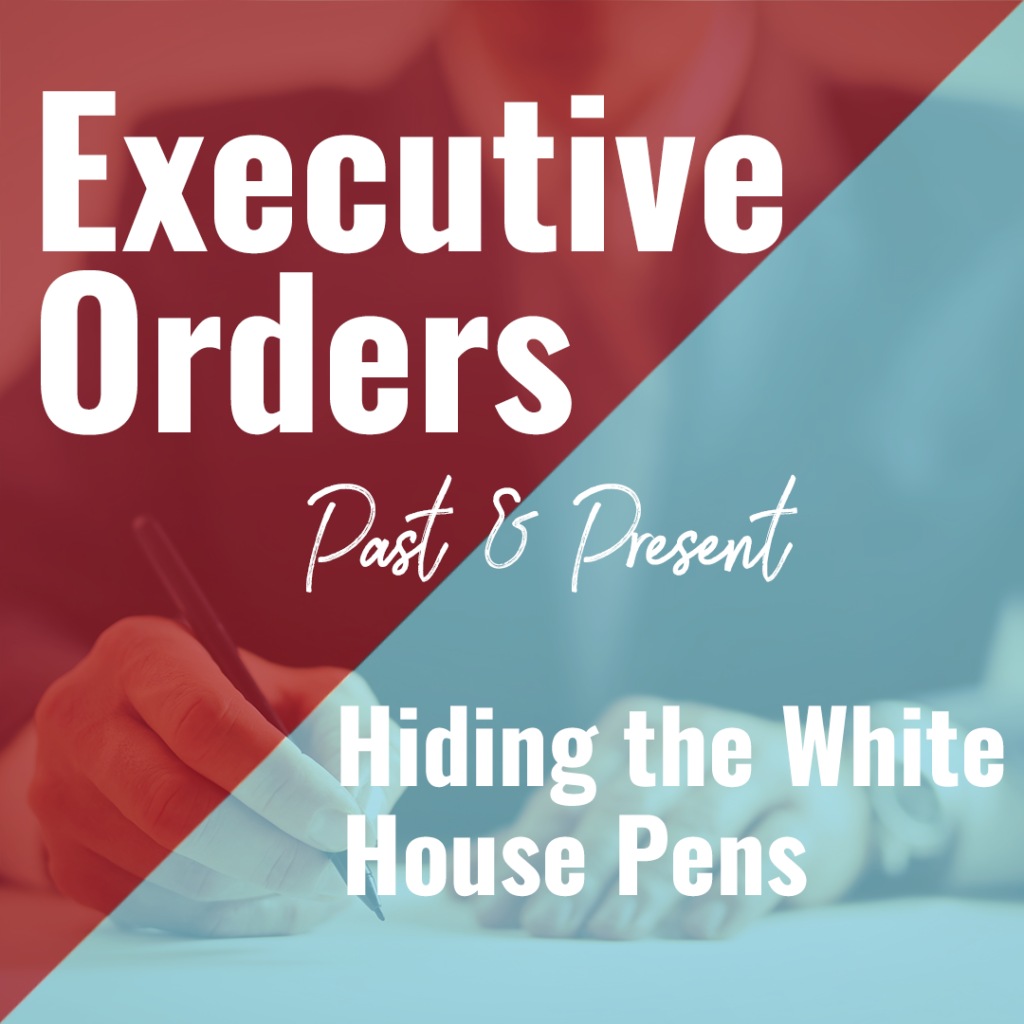Executive orders are all the rage right now as President Biden sets a record for the most executive orders ever signed in the first month-and-a-half of a presidency.
As Sandy Rios said on one of her morning shows, someone needs to hide the White House pens from Biden!
But in all seriousness, “executive order” sounds like a complicated subject, but when it comes right down to it, the subject is more simple than it sounds.
The Process of an Executive Order
“An executive order is a signed, written, and published directive from the President of the United States (POTUS) that manages operations of the federal government” (American Bar). Each order is numbered consecutively, making it easy to find and research executive orders with a simple Google search.
In order for POTUS to make an executive order, his authority is required to be authorized through the Constitution or federal law, meaning an executive order can’t grant new powers to the president but an only “be used to give the presidency new powers” (The Heritage Foundation).
POTUS must abide by Article II, Section 3, of the Constitution.
“[…] he shall take Care that the Laws be faithfully executed, and shall Commission all the Officers of the United States.”
This Clause is also called the Take Care Clause and has sparked heated debates. Essentially, it means the president is under obligation to follow the Constitution, and in so doing, he can’t “breach federal law” or require his “subordinates” to do so either (Constitution Center).
Tying It All Together
So how does all this “mumbo jumbo” about the Constitution and legalese tie up the issue of executive orders?
When a president meets the requirements listed above (i.e. he is within bounds according to Congress and the Constitution), he is free to issue executive orders with little to no limits.
Historic Executive Orders
With all this talk about President Biden and his numerous White House pens, I started to wonder what the history of executive orders is.
George Washington was the first to issue an executive order. During his eight years in office, he issued eight executive orders, including one for a Thanksgiving holiday proclamation.
Washington left future presidents with a grave quote. “It is my duty to see the Laws executed: to permit them to be trampled upon with impunity would be repugnant to [that duty]” (letter to Alexander Hamilton, 1792).
The presidents following George Washington were very cautious with executive orders. John Adams, James Madison, and James Monroe only issued one executive order each.
RELATED: Reclaiming the Original Definition of Fascism
Abraham Lincoln was the first president to come close to 50 executive orders (he issued 48 during his time in office).

Abraham Lincoln is rather famous for executive orders for two reasons.
- His executive orders are the first to be numbered the when the State Department started numbering executive orders in 1907 and made records going back to 1862, during Abraham Lincoln’s first term.
- He used two executive orders to issue the Emancipation Proclamation in 1863 (The Constitution Center). The Emancipation Proclamation freed slaves in the eleven Confederate states that seceded. Two years later, in 1865, the Thirteenth Amendment was ratified and truly abolished slavery in America, less than 100 years after America’s founding in 1776.
The 13th Amendment, Section I states the following:
“Neither slavery nor involuntary servitude, except as a punishment for crime whereof the party shall have been duly convicted, shall exist within the United States, or any place subject to their jurisdiction.”
By WWII, the caution that the Founding Fathers had toward executive orders seemed to have vanished. President Franklin Roosevelt issued 3,728 executive orders between 1933 and 1945 (National Archives).
Executive Orders Today
So far, Joe Biden has issued 31 executive orders in just over one month of his term in office. In comparison, Donald Trump issued an average of 55 executive orders a year, or 220 total. Conservatives face grave concerns that Biden will outpace all preceding presidents with his numerous White House pens.
President Biden made it clear that he intends to use his powers in executive orders to undo many of President Trump’s executive orders.
Biden said, “The last president of the United States issued executive orders I felt were very counterproductive to our security, counterproductive to who we are as a country, particularly in the area of immigration” (The New York Post).
Taking Our Cues From the Founding Fathers
The Founding Fathers were slow to seize the power of the White House pens, and this is a sign of how executive orders were originally intended to be used. Not counting the first 111 years of U.S. history, we have surpassed 14,000 executive orders.
What do you think? Are executive orders a good thing or something to be used cautiously?
Leave your thoughts in the comments below, and if you’re interested in learning more about executive orders, give a listen to the Barry Farrah Show (linked below!).

One comment